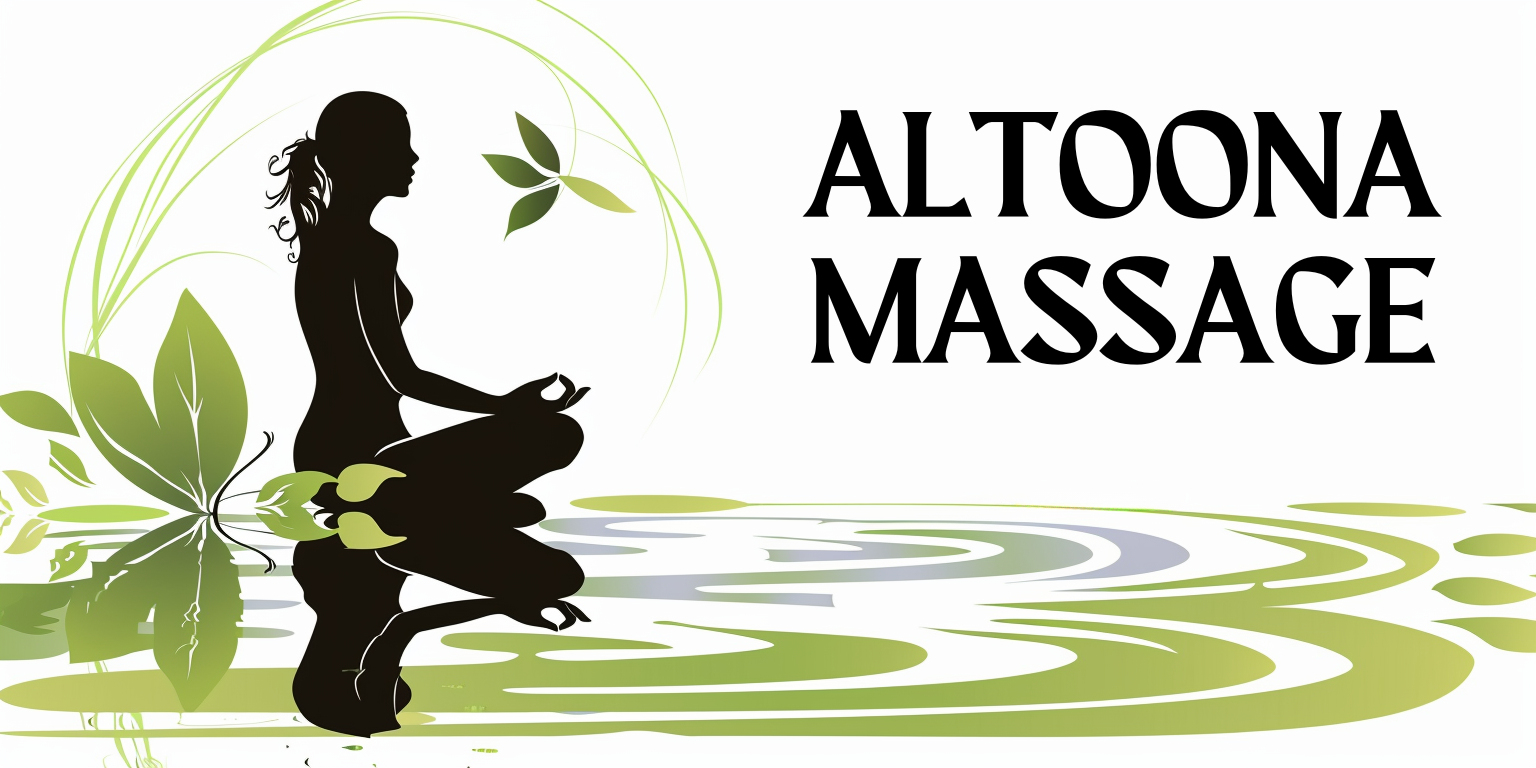Self-massage is a powerful tool that you can easily incorporate into your daily life. It offers a multitude of benefits that extend beyond mere relaxation. One of the most significant advantages is the reduction of muscle tension.
When you take the time to massage your own muscles, you can alleviate tightness and discomfort that often accumulates from daily activities, such as sitting at a desk for long hours or engaging in strenuous physical exercise. By applying pressure to specific areas, you stimulate blood flow, which can help in the recovery of sore muscles and enhance overall mobility. Moreover, self-massage can significantly improve your mental well-being.
The act of massaging your body releases endorphins, the body’s natural painkillers, which can elevate your mood and reduce feelings of stress and anxiety. You may find that dedicating just a few minutes each day to self-massage can create a sense of calm and tranquility, allowing you to better manage the pressures of everyday life. This practice not only nurtures your physical health but also fosters a deeper connection with your body, promoting mindfulness and self-awareness.
Key Takeaways
- Self-massage can help reduce muscle tension, improve circulation, and promote relaxation
- The right tools for self-massage include foam rollers, massage balls, and handheld massagers
- Techniques for self-massage on the neck and shoulders can involve gentle kneading and circular motions
- Self-massage for the back and lower back can be done using a foam roller or tennis ball to target specific areas
- Massaging the hands and feet can help relieve tension and improve flexibility in these often neglected areas
- Facial and head massage techniques can help reduce tension and promote relaxation
- Creating a relaxing environment for self-massage can involve using calming music, dim lighting, and aromatherapy
- Incorporating self-massage into your daily routine can help manage stress and promote overall well-being
Choosing the Right Tools for Self-Massage
Selecting the appropriate tools for self-massage can enhance your experience and effectiveness. While your hands are often the best instruments for self-massage, various tools can provide additional benefits. Foam rollers, massage balls, and handheld massagers are popular options that can help target specific muscle groups more effectively.
For instance, a foam roller is excellent for larger muscle areas like your back and thighs, while a massage ball can reach those hard-to-access spots, such as the arches of your feet or the knots in your shoulders. When choosing tools, consider your personal preferences and the areas you wish to focus on. If you prefer a more gentle approach, a soft massage ball may be ideal.
Conversely, if you enjoy deeper pressure, a firmer tool could be more suitable. Additionally, you might want to explore options like essential oils or lotions to enhance your self-massage experience. These products can not only provide lubrication but also add aromatherapy benefits, further promoting relaxation and stress relief.
Techniques for Self-Massage: Neck and Shoulders

The neck and shoulders are common areas where tension accumulates, often due to stress or poor posture. To begin self-massaging these areas, find a comfortable seated position. Start by using your fingers to apply gentle pressure to the base of your skull and work your way down to your shoulders.
You can use circular motions or kneading techniques to release tightness. Pay attention to any knots or tender spots; spending extra time on these areas can yield significant relief. Another effective technique involves using your thumbs to press into the muscles along the sides of your neck.
This area often holds a lot of tension, especially if you spend long hours looking at screens. You can also incorporate gentle stretches while massaging; tilting your head to one side while applying pressure can enhance the stretch and promote relaxation. Remember to breathe deeply throughout the process, as this will help you release any remaining tension and fully enjoy the benefits of your self-massage.
Techniques for Self-Massage: Back and Lower Back
Your back is another area that often craves attention due to its role in supporting your entire body. To effectively self-massage your back, consider using a foam roller or a massage ball. If you’re using a foam roller, lie down on it horizontally so that it supports your spine.
Gently roll back and forth, allowing the roller to work on tight muscles along your back. Focus on areas that feel particularly tight or sore, adjusting your body position as needed to target different muscle groups. For lower back relief, you can use a massage ball by placing it between your lower back and a wall or the floor.
Lean into the ball and move side to side or up and down to release tension in that area. This technique can be particularly effective if you experience discomfort from prolonged sitting or lifting heavy objects. As you perform these techniques, maintain awareness of your body’s responses; if something feels too intense or painful, adjust the pressure accordingly.
Techniques for Self-Massage: Hands and Feet
Your hands and feet endure a lot throughout the day, making them prime candidates for self-massage. To start with your hands, use your thumb to apply pressure to the palm of one hand while using your other hand to gently pull back on the fingers. This technique helps release tension built up from typing or gripping objects tightly.
You can also use circular motions on each finger, paying special attention to any areas that feel particularly tight. When it comes to your feet, consider using a massage ball or even a tennis ball for added pressure. Place the ball under your foot and roll it back and forth from heel to toe.
This not only helps relieve tension but also stimulates reflexology points that correspond to various organs in your body. If you have time, soak your feet in warm water before massaging them; this will help relax the muscles and enhance the overall experience.
Techniques for Self-Massage: Face and Head

Your face and head are often overlooked when it comes to self-massage, yet they hold significant tension as well. To begin massaging your face, use your fingertips to apply gentle pressure along your jawline and temples. Circular motions can help relieve tension from clenching or grinding teeth, which many people do unconsciously during stressful times.
You might also want to focus on areas around your eyes; gently tapping with your fingertips can reduce puffiness and promote relaxation. For head massage, consider using both hands to apply pressure at various points on your scalp. Start at the front of your hairline and work your way back toward the nape of your neck using circular motions.
This technique not only feels soothing but also stimulates blood flow to the scalp, promoting hair health and relaxation. As you massage your head, take deep breaths and allow yourself to unwind completely; this is an excellent way to end a long day or prepare for restful sleep.
Creating a Relaxing Environment for Self-Massage
The environment in which you perform self-massage plays a crucial role in enhancing its benefits. To create a relaxing atmosphere, choose a quiet space where you won’t be disturbed. Dim lighting or candles can help set a calming mood, while soft music or nature sounds may further enhance relaxation.
Consider using essential oils in a diffuser or applying them topically during your massage; scents like lavender or eucalyptus are known for their calming properties. Additionally, ensure that you have all necessary tools within reach before starting your self-massage session. Having everything prepared allows you to focus entirely on the experience without interruptions.
You might also want to set aside a specific time each day dedicated solely to self-massage; this routine can help reinforce its importance in your life and encourage consistency.
Incorporating Self-Massage into Your Daily Routine
Integrating self-massage into your daily routine doesn’t have to be time-consuming or complicated. Start by setting aside just five to ten minutes each day for this practice; you’ll be surprised at how quickly those minutes add up over time. You might choose to perform self-massage in the morning as a way to wake up your body or in the evening as part of your wind-down routine before bed.
Consider pairing self-massage with other activities you already do daily; for example, you could massage your hands while watching television or perform neck stretches during breaks at work. By incorporating these techniques into existing habits, you’ll find it easier to maintain consistency without feeling overwhelmed by additional commitments. Ultimately, making self-massage a regular part of your life will lead to improved physical health and enhanced emotional well-being, allowing you to navigate life’s challenges with greater ease and resilience.
FAQs
What is self-massage?
Self-massage is the practice of using your hands, tools, or other objects to apply pressure and manipulate your muscles and soft tissues to relieve tension, reduce stress, and promote relaxation.
What are the benefits of self-massage?
Self-massage can help reduce muscle tension, improve circulation, promote relaxation, and alleviate stress. It can also help improve flexibility, reduce pain, and enhance overall well-being.
What are some common techniques for self-massage?
Common self-massage techniques include using your hands to apply pressure and knead muscles, using massage tools such as foam rollers or massage balls, and using techniques such as acupressure and reflexology.
Are there specific areas of the body that can benefit from self-massage?
Yes, self-massage can be beneficial for various areas of the body, including the neck, shoulders, back, arms, legs, and feet. It can also be used to target specific areas of tension or pain.
How often should I practice self-massage?
The frequency of self-massage can vary depending on individual needs and preferences. Some people may benefit from daily self-massage, while others may find it helpful to practice a few times a week. It’s important to listen to your body and adjust the frequency as needed.
